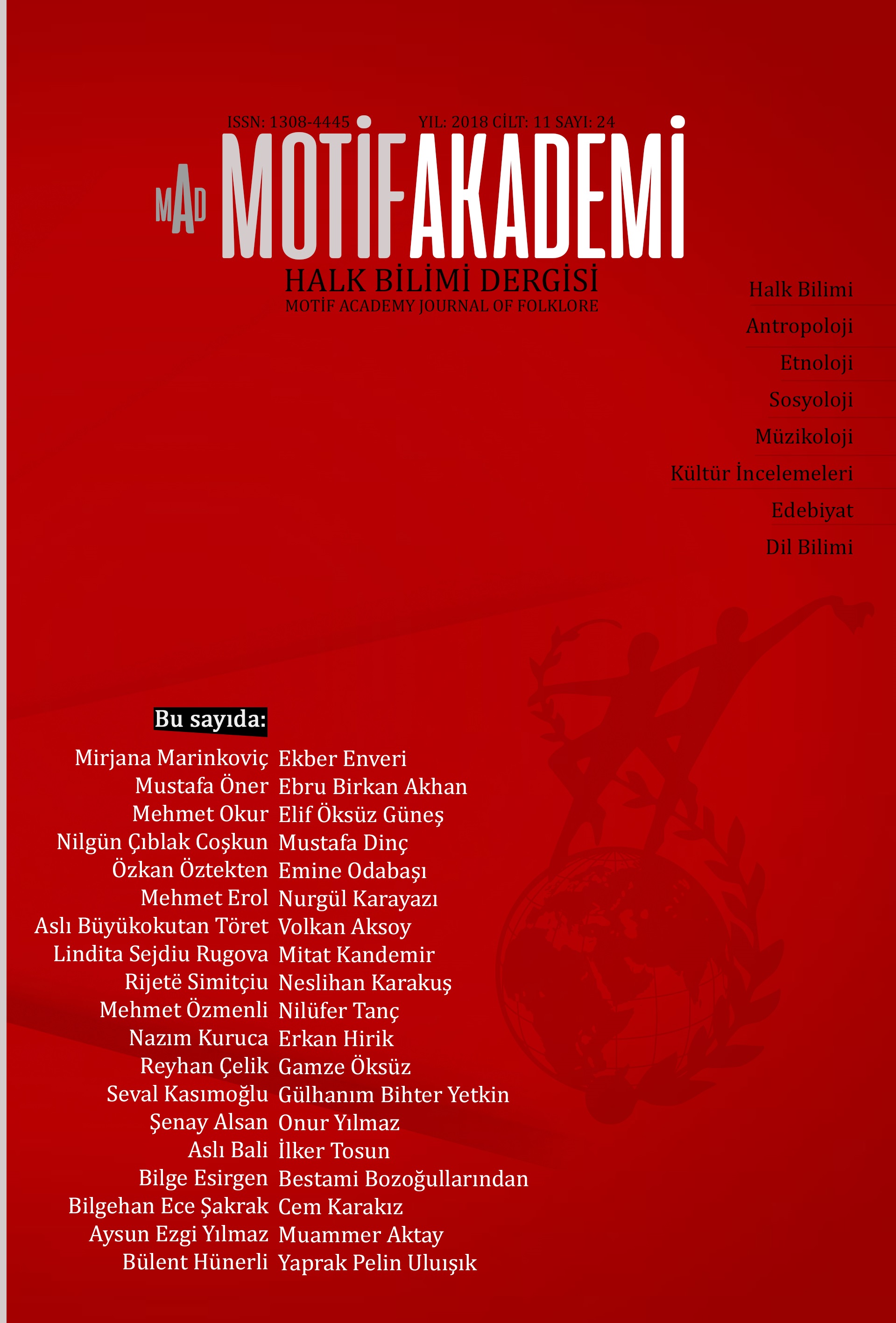WORD ORDER IN ALBANIAN, TURKISH AND ENGLISH-A PRAGMATICALLY ORIENTED RESEARCH
WORD ORDER IN ALBANIAN, TURKISH AND ENGLISH-A PRAGMATICALLY ORIENTED RESEARCH
Author(s): Linditë Rugova, Rijetë SIMITÇIUSubject(s): Theoretical Linguistics, Syntax, Comparative Linguistics, Philology, Turkic languages
Published by: Motif Halk Oyunları Eğitim ve Öğretim Vakfı
Keywords: Turkish; Albanian; syntax; structure; pragmatics;
Summary/Abstract: Albanian and Turkish belong to two different language families and their different language structures make these two languages different in regard to their syntactic structure. Albanian is a flexible and analytic language with diversity, while Turkish is an agglutinative language extensive and morpheme accumulation (often with different syntactic functions) within the word makes these two languages more interesting to compare. The syntactic feature of Turkish language is leftbranching generation of sentences. The predicate is the first pattern located at the end of the sentence and then the other patterns of the sentence precede it. This norm has also been referred to as the ‘basic syntactic law of the Altaic languages’ (the determining element precedes the element which it determines) (Johanson, 2002: 25). Greenberg (1966) classified Turkic as ‘the rigid subtype’ of the so-called SOV languages, meaning the order of determining elements (complements and determinatives) within the phrase of the Turkish syntax is chained (successive); therefore quite harmonized. Johanson argues that during its use in practice these iterative capsular rules divert to the natural use of the language.
Journal: Motif Akademi Halkbilimi Dergisi
- Issue Year: 11/2018
- Issue No: 24
- Page Range: 296-308
- Page Count: 12
- Language: English

